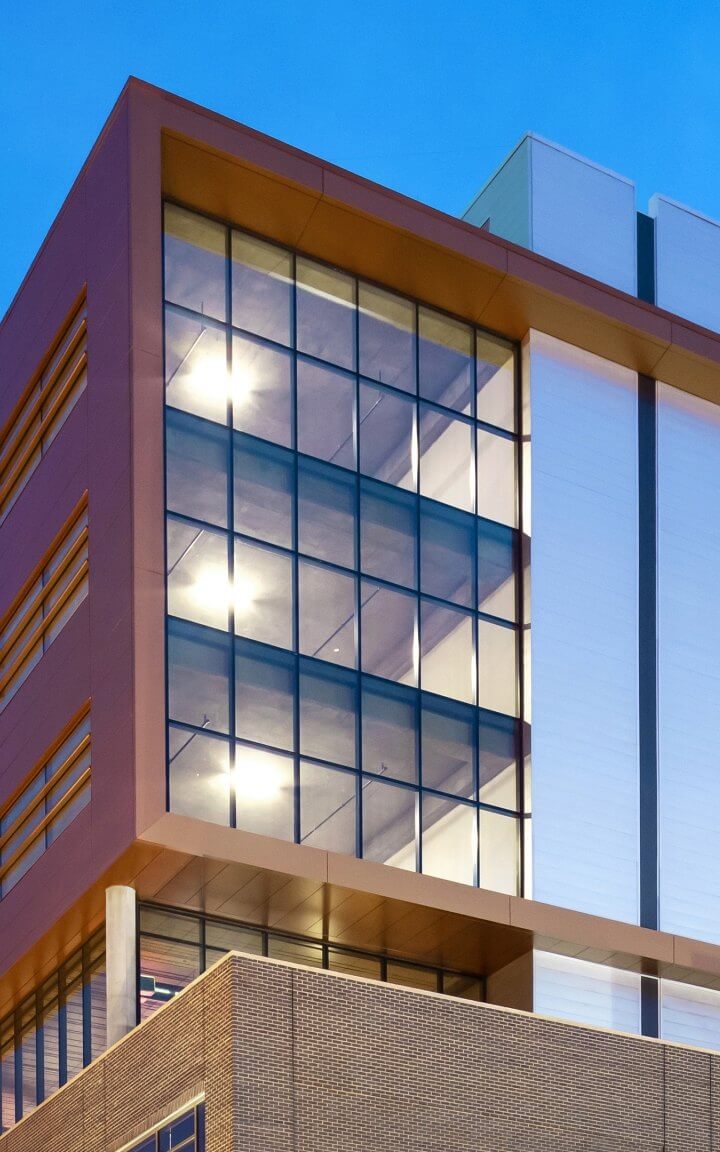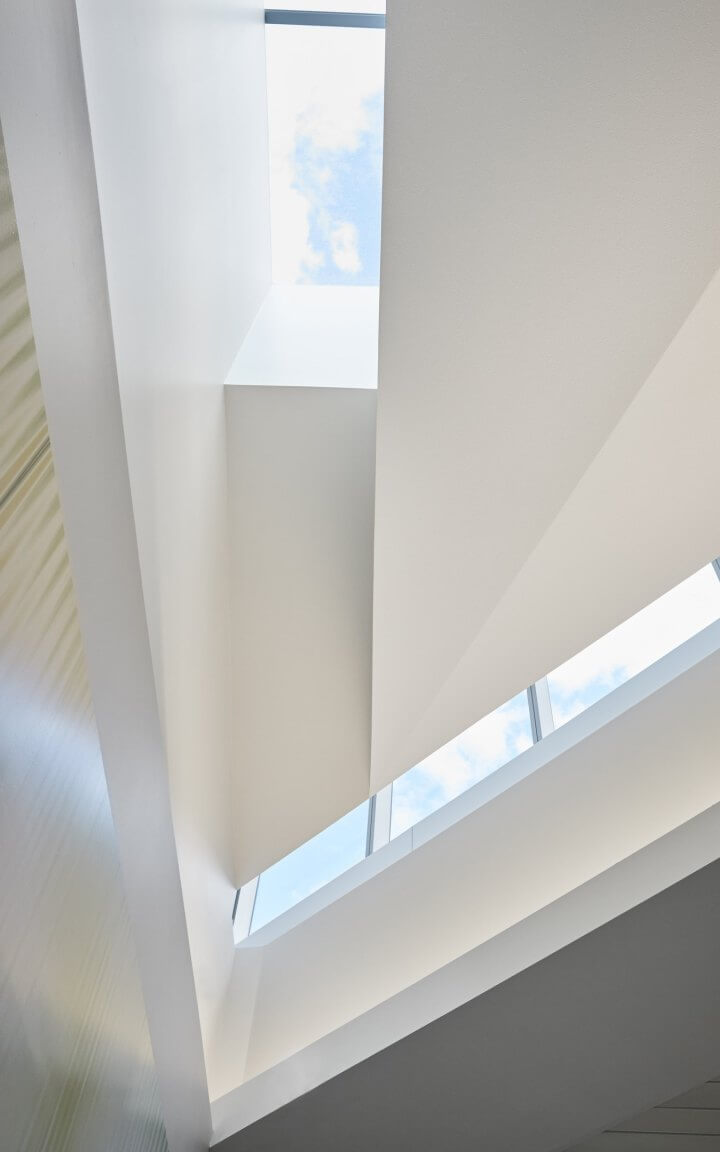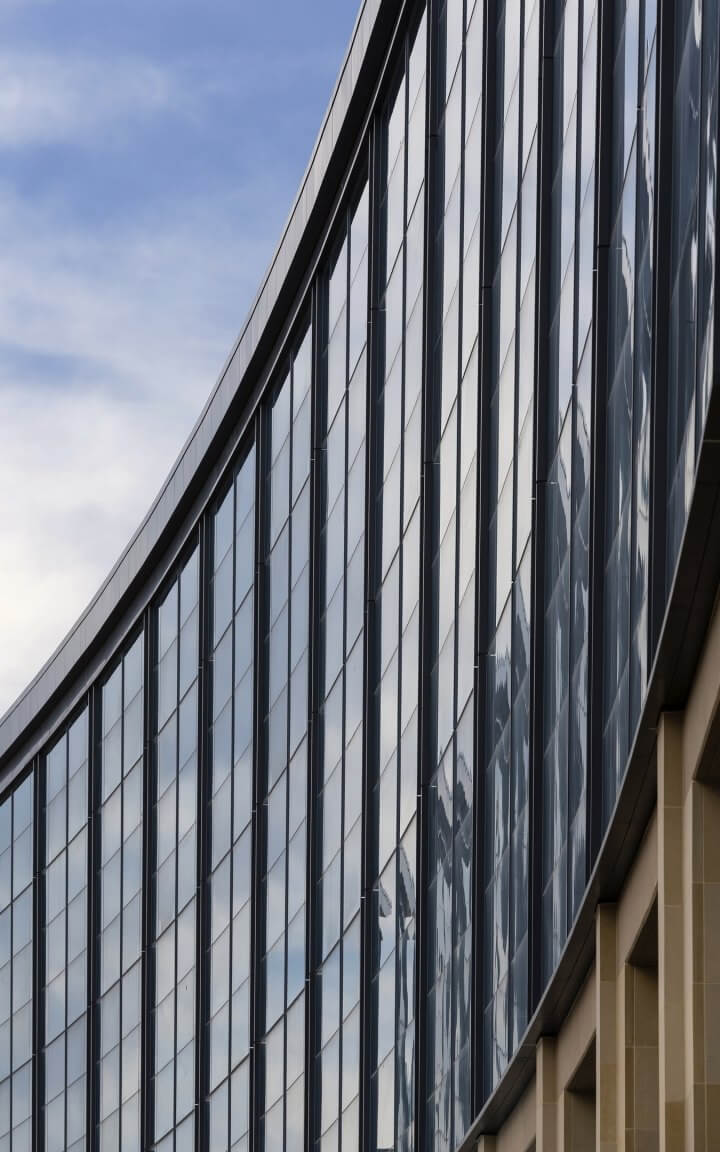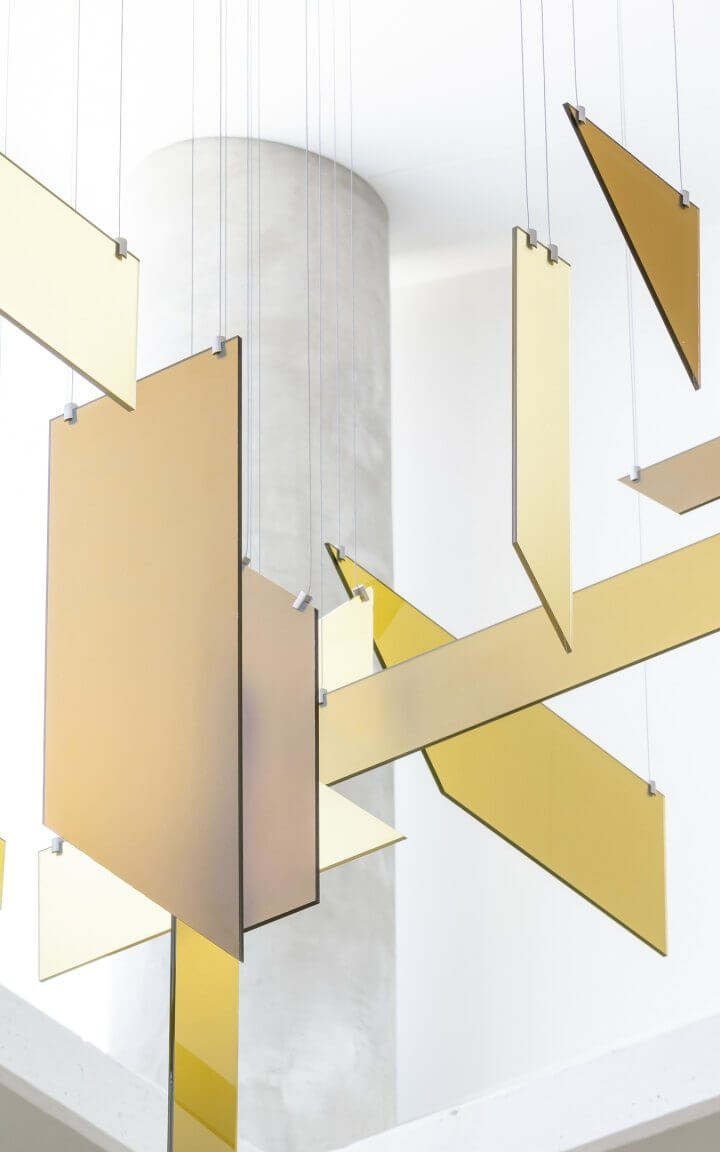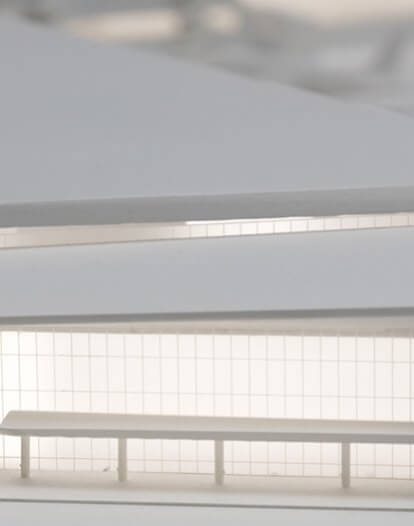Data Center Architecture: From Blank Box to Blockbuster Design
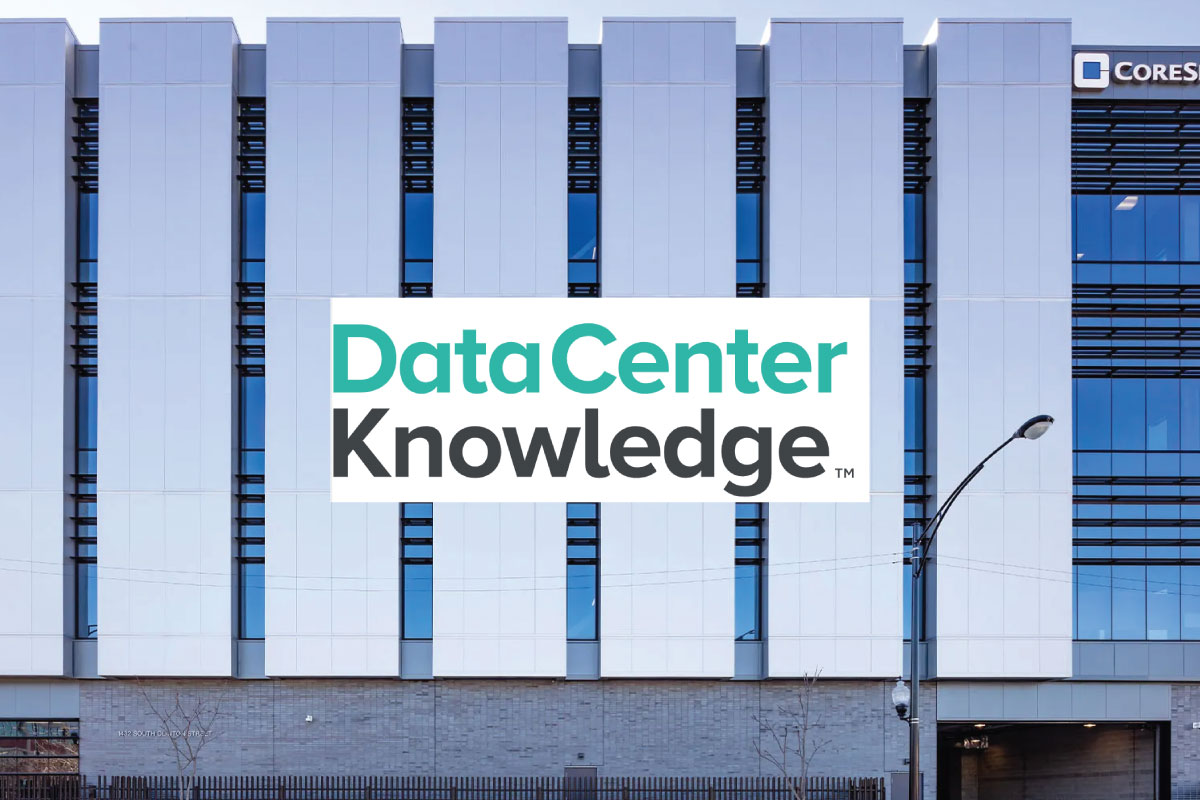
Tom Kruger, vice president and project manager at architecture and design firm Corgan, said that when communities see stark concrete boxes, they often resist, prompting zoning changes to improve aesthetics and functionality.
He explained that many jurisdictions are eager to attract data center investments as retail spaces decline, leading to a willingness to incorporate architectural upgrades.
“However, in remote areas, where visibility is low, these concerns diminish,” he said.
For colocation data centers backed by major developers and tech companies, architecture often serves as a marketing tool.
Developers aiming to lease facilities to tech companies recognize the value of creating appealing spaces.
“If these buildings offer the aesthetics and amenities of a creative office space, they become more attractive to potential tenants who need to recruit talent,” Kruger said.
Urban Settings, New Typologies
In urban settings, edge data centers present unique challenges and opportunities.
Kruger mentioned that dynamic features, such as LED lighting and media walls, are increasingly being explored for these facilities.
“We’ve suggested ideas like media walls with portions for advertisements and public art,” he said, though such concepts are yet to become widespread.
Security concerns remain a barrier to integrating data centers with mixed-use spaces such as offices or residential units.
However, Kruger noted that larger sites could allow for functional subdivisions, keeping secure data center operations separate from other uses.
“We’ve explored adding schools or art walls on shared sites, maintaining strict security separation,” he explained.
